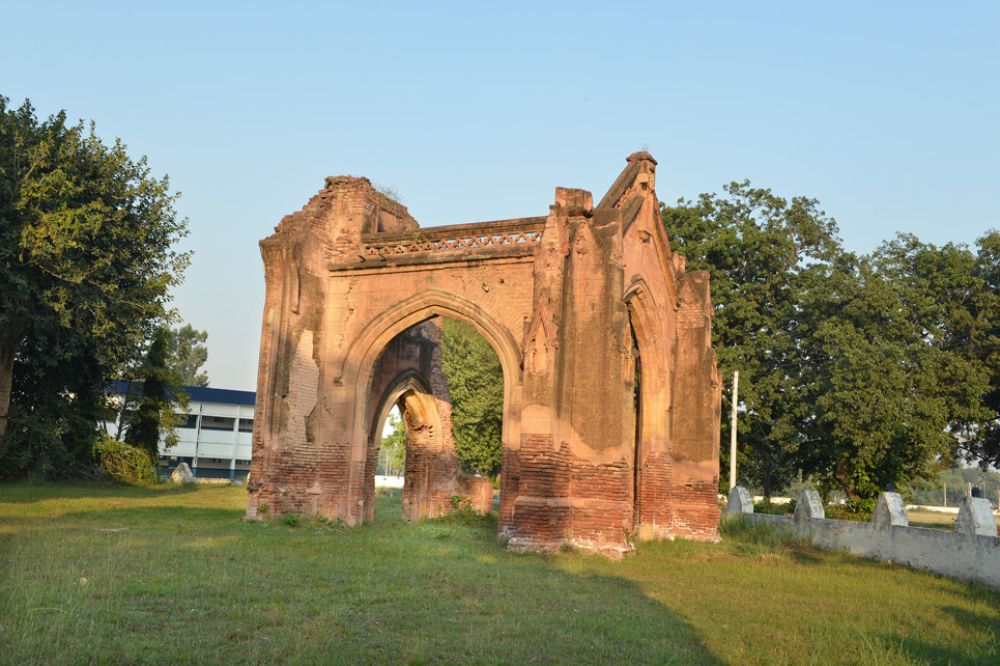

Located in the heart of Ambala, Haryana, St. Paul's Church is a historical landmark that has played a significant role in the religious and cultural tapestry of the region. Established during the British colonial period, St. Paul's Church represents not only a place of worship but also a testament to the architectural and historical richness of colonial-era India.
St. Paul's Church was constructed in the 19th century to serve the spiritual needs of the British regiment stationed in Ambala. As a garrison church, it was designed in the Gothic Revival style, which was prevalent in Britain at the time and reflects the influence of the British in India. Over the years, the church has been well-maintained, serving as a place of worship for the local Christian community and as a historical attraction for visitors.
Although Ambala may not be as well-known as other tourist destinations in India, St. Paul's Church attracts visitors due to its serene atmosphere and striking architecture. The church's stained glass windows, towering spire, and well-manicured lawns are some of the features that appeal to those interested in heritage sites. While the church has attracted worshipers and history enthusiasts over the years, tourism has seen a gradual increase as awareness of India's diverse cultural heritage grows.
In recent years, there has been a growing trend towards cultural and heritage tourism in India. Travelers are increasingly seeking out historical and religious sites for their rich histories and cultural significance. In response, the Indian tourism industry has intensified its efforts to promote such attractions, including St. Paul's Church.
Visiting St. Paul's Church today offers not only a glimpse into the architectural beauty of the past but also the opportunity to observe the living history of the place as it continues to be a center for the local Christian community in Ambala. While the church may not boast the same level of international recognition as some other Indian landmarks, it remains a cherished place of peace and spirituality for visitors and locals alike.
The history of tourism at St. Paul's Church has been relatively modest, reflecting the quiet dignity of the place itself. However, as travelers increasingly seek out hidden gems and places of authentic cultural value, sites like St. Paul's Church stand to gain more attention and appreciation on the global tourism stage. Ensuring that this growth is managed sustainably will be key to preserving St. Paul's Church for future generations to enjoy.